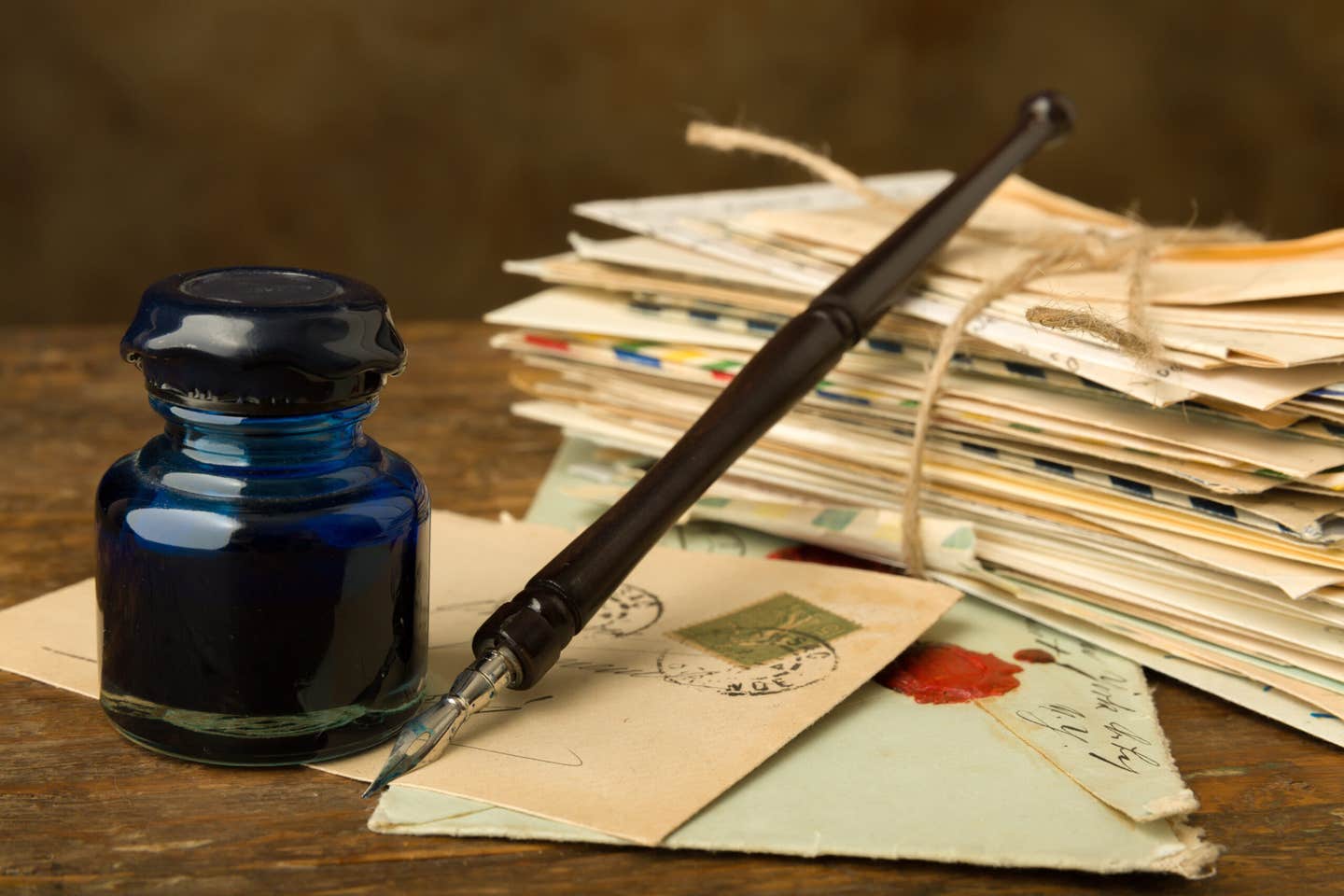Composition changes to win war
What was the motivation to choose a copper-silver-manganese alloy for the so-called war nickels of 1942 to 1945? Since nickel was a critical war materiel, Congress didn’t want it being…
What was the motivation to choose a copper-silver-manganese alloy for the so-called war nickels of 1942 to 1945?
Since nickel was a critical war materiel, Congress didn’t want it being used to strike coins. The choice of the three-metal alloy made sense since it ensured adjustments would not be needed for the coins to be accepted in vending machines without tripping counterfeit detectors.
Is there an unwritten rule that coins purchased at coin shows are not returnable?
Coins proved to be fakes at some later date should always be returnable without any time limit. Ensure the coins are in the holder in which they were purchased to prove the coin hasn’t been switched. You need to make arrangements with the seller prior to the purchase regarding whether you later have the coin certified and it proves to be in a lower grade. Otherwise, when you are able to see a coin and conduct a transaction face to face, the purchase itself constitutes your approval of the price if the price is the only reason for the return.
Did Congress specifically authorize the 56 percent copper, 35 percent silver, and nine percent manganese mix used in the wartime nickels?
Congress authorized a 50 percent copper and 50 percent silver mix for the nickel. However, Congress also gave the U.S. Mint authority to either vary this or add other metals to this concoction based on what would be determined to be in the public’s best interest.
Did the change in composition of our five-cent coin during World War II really result in a significant amount of nickel being saved for the war effort?
This is debatable. Mark A. Benvenuto argues that it didn’t make much difference in an article published in 2000 in The Numismatist. Benvenuto correctly notes the change reminded the public of the sacrifices required to win the war.
There are two war nickel varieties, these being the 1943/2-P and the 1944 without mintmark. Why isn’t the 1944 variety listed in any coin catalog?
It’s fake. Francis LeRoy Henning of Erial, N.J., counterfeited the 1944 wartime nickels lacking a mintmark in 1954. He was convicted of forgery, sentenced to three years in jail, and fined $5,000 in real money for his efforts. Henning also counterfeited nickels dated 1939, 1946, 1947 and 1953.
E-mail inquiries only. Do not send letters in the mail. Send to Giedroyc@Bright.net. Because of space limitations, we are unable to publish all questions.
This article was originally printed in Numismatic News. >> Subscribe today.
More Collecting Resources
• The Standard Catalog of United States Paper Money is the only annual guide that provides complete coverage of U.S. currency with today’s market prices.
• Any coin collector can tell you that a close look is necessary for accurate grading. Check out this USB microscope today!









